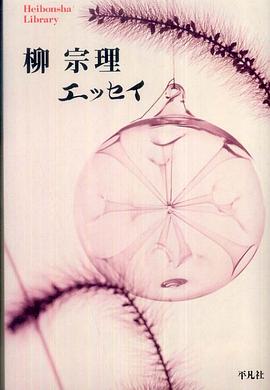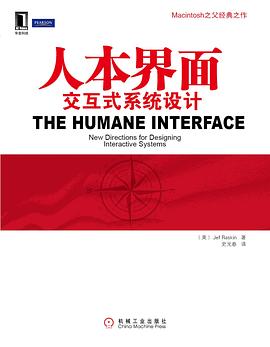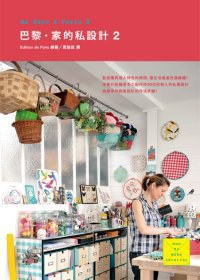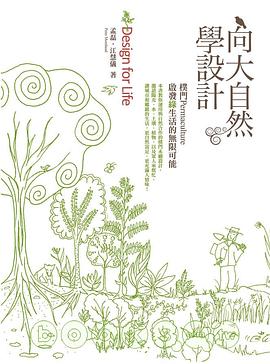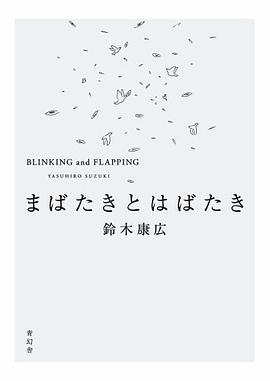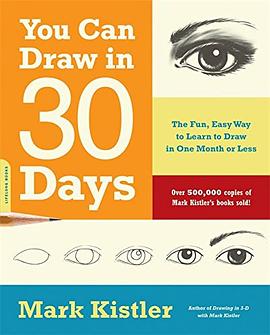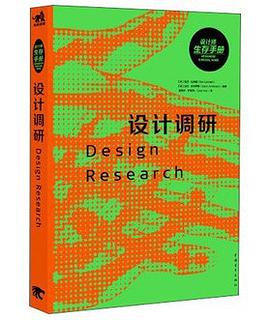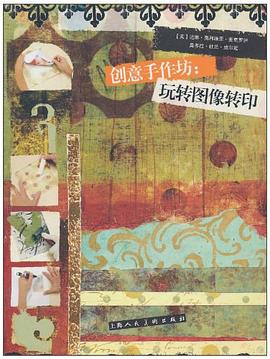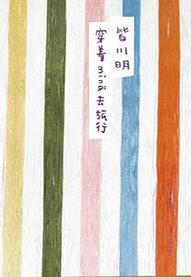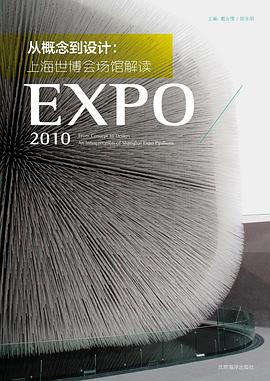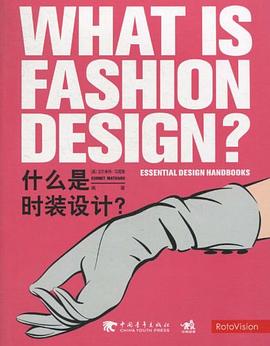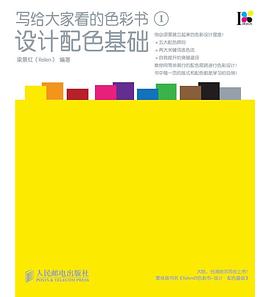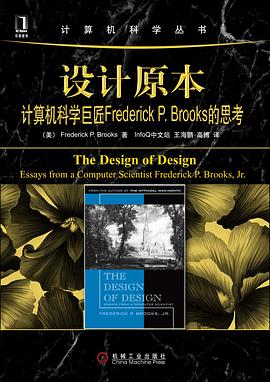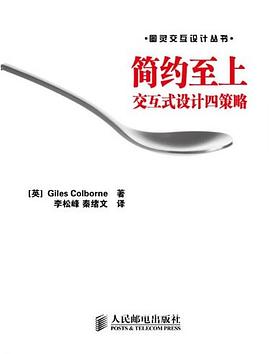

Interior design guru Axel Vervoordt shares his latest inspirations for the home. Axel Vervoordt’s intense curiosity has fueled his work as an interior designer, spurring him to explore and draw inspiration from cultures around the globe. He was first exposed to Eastern art and philosophy years ago, but today it has become the guiding principle in his work, particularly the concept of Wabi. Developed in the twelfth century, Wabi advocates simplicity and humility, the rejection of all that is superfluous or artificial. Through extraordinary photographs from Japan and Korea to Belgium and Switzerland, Vervoordt invites us to explore the elements that inspire him: natural materials and time-worn objects that evoke the essence of Wabi. Today, together with the Japanese architect Tatsuro Miki, Vervoordt carries the principles of Wabi into his remarkable interiors. As Vervoordt reveals how he infuses his current creations with a fundamentally oriental approach, interiors devotees will gain new insight from this tribute to the designer’s latest sources of inspiration for the home.
具体描述
读后感
评分
评分
评分
评分
用户评价
爱
评分1、"20世紀60年代,英國的遺產稅逼著許多家族揮淚大甩賣那些鄉間別墅的收藏品,那可是他們花了幾世紀收起來的。我入手了許多我真心喜歡的東西。買下以後我才會去研究它們,買書, 咨詢專家。至今還是用差不多的方式工作.";2、“我壹直沒興趣開店。把物品擺在櫥窗裏就像是拒好友於千裏之外,我喜歡把物品安放在家裏,這樣客戶上門來就可以看到我是如何認識它們的品質的”;3、無論出於什麽原因,只要主顧對從他這裏購買的物品不再感興趣,Vervoordt會以當初的售價回購,或者用別的東西替換//翻到安特卫普的大神Axel Vervoordt,倒吸口氣。
评分如果要用系列中的一本书介绍Axel, 我想,就是这本了。
评分标记的第500本就留给它了。大爱的一位收藏家兼设计师。“Wabi is a totally individual way of seeing,feeling and thinking.”每一幅图都是享受(不足的是多为边角小景)。拜托朋友背回来的,很感谢啦!
评分太美太美太美!在建筑师房东先生家里发现的!我最喜欢的风格!
相关图书
本站所有内容均为互联网搜索引擎提供的公开搜索信息,本站不存储任何数据与内容,任何内容与数据均与本站无关,如有需要请联系相关搜索引擎包括但不限于百度,google,bing,sogou 等
© 2025 book.wenda123.org All Rights Reserved. 图书目录大全 版权所有

